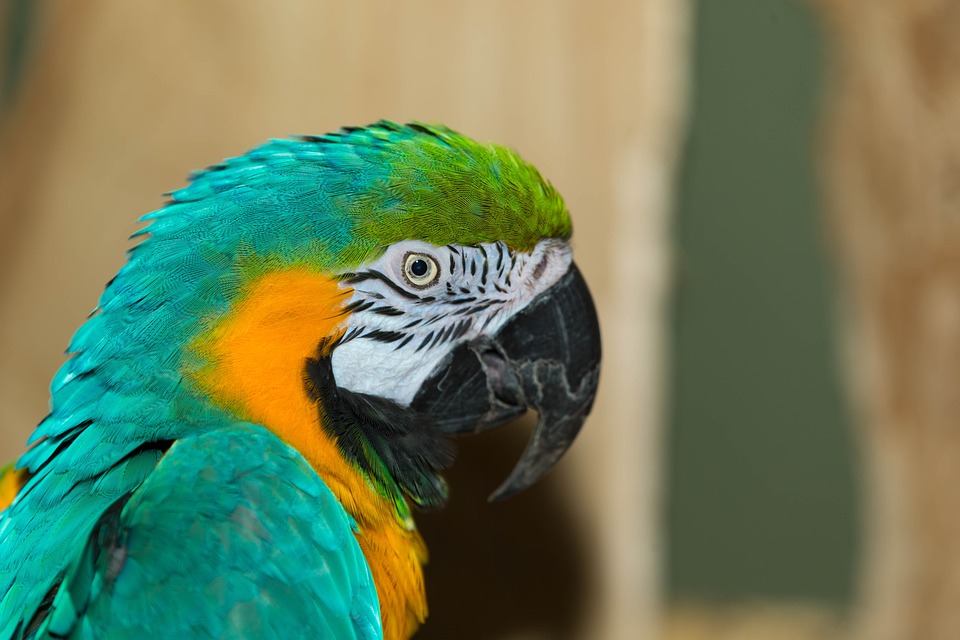Parrots are intelligent and social creatures that can sometimes exhibit fear or hesitation in certain situations. It’s important for parrot owners to understand how to address these issues in a positive and effective way. By utilizing positive reinforcement techniques, you can help your parrot overcome their fears and build a stronger bond with them. In this article, we will discuss the steps and strategies to use positive reinforcement for addressing fear or hesitation in parrots.
Understanding Fear and Hesitation in Parrots
Recognizing fear signals: Parrots may display various fear signals such as trembling, vocalizations, crouching, or attempts to escape. It’s crucial to identify these signals to address their fears appropriately.
Identifying the cause: Determining the root cause of fear or hesitation is essential. It could be a specific object, person, or situation that triggers the fear response in your parrot.
Implementing Positive Reinforcement Techniques
Creating a safe environment: Ensure that your parrot’s surroundings are free from potential threats or triggers. This will help create a safe and secure space for them to overcome their fears gradually.
Gradual exposure and desensitization: Expose your parrot to the fear-inducing stimulus gradually. Start at a distance where your parrot feels comfortable and gradually decrease the distance over time. This process is known as desensitization and helps them become accustomed to the fear-triggering element.
Counter-conditioning with positive experiences: Pair the fear-inducing stimulus with positive experiences, such as treats, favorite toys, or praise. Associating positive experiences with the feared object or situation helps your parrot develop positive associations, reducing fear or hesitation.
Clicker training: Clicker training is a useful technique that involves using a clicker to mark desired behaviors and reward them immediately. By associating the click sound with positive reinforcement, your parrot will learn to associate the fear-triggering stimulus with rewards, gradually reducing fear or hesitation.
Patience and consistency: Addressing fear or hesitation in parrots requires patience and consistency. Each bird is unique and may take different amounts of time to overcome their fears. Consistently applying positive reinforcement techniques will yield the best results.
FAQs (Frequently Asked Questions)
Q: Can all parrots benefit from positive reinforcement training for fear or hesitation?
A: Yes, positive reinforcement techniques can be effective for all parrot species, regardless of age or previous experiences.
Q: How long does it take for a parrot to overcome their fear using positive reinforcement?
A: The time it takes for a parrot to overcome fear varies depending on the individual bird and the severity of their fear. It can take anywhere from a few weeks to several months of consistent training.
Q: Are there any risks associated with using positive reinforcement for fear or hesitation in parrots?
A: When implemented correctly, positive reinforcement techniques are safe and beneficial for parrots. However, it’s important to ensure that the fear-inducing stimulus is not causing excessive stress or harm to the bird.
Q: Can I use positive reinforcement techniques for multiple fears or hesitations simultaneously?
A: It is advisable to address one fear or hesitation at a time to prevent overwhelming your parrot. Focus on one fear until your parrot shows progress before moving on to the next.
Q: Should I consult a professional trainer for addressing fear or hesitation in my parrot?
A: If you feel unsure or are encountering difficulties, consulting a professional parrot trainer or avian behaviorist can provide valuable guidance and support.
Remember, positive reinforcement training requires patience, consistency, and understanding. By implementing these techniques and providing a nurturing environment, you can help your parrot overcome their fears and build a trusting relationship with them.









